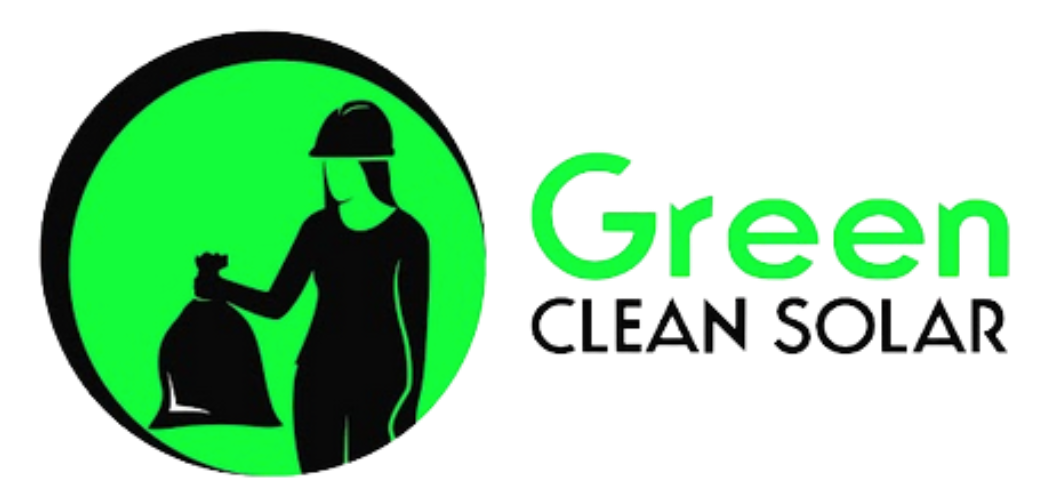
In today's world, the escalating effects of climate change have led markets to prioritize sustainable practices more than ever. Stakeholders, from investors to consumers and regulators, are now increasingly scrutinizing renewable energy waste management. This evolving sentiment globally is compelling businesses to reduce landfill waste, emphasize the reuse of available materials, and maximize recycling potential. As the renewable industry wakes up to this transformation, there's an urgent call for innovative waste management solutions.
This guide introduces the concept of 100% Landfill Diversion, a method that offers profound benefits to businesses and the broader community. Essentially, 100% Landfill Diversion is about ensuring that no waste ends up in landfills. This concept in action mitigates the detrimental environmental and societal consequences of discarded waste and presents an opportunity for solar businesses and EPCs to optimize their waste management expenditures.
On the surface, landfilling might appear cost-effective and straightforward. It's often perceived as one of the least expensive disposal methods by weight. Yet, digging deeper unveils a myriad of concealed risks and expenses. When assessing the real costs, it's crucial to factor in these underlying considerations.
100% Landfill Diversion starts upstream
100% Landfill Diversion begins with upstream decisions. It's crucial for industries, especially in the solar panel sector, to evaluate and choose sustainable packaging materials from the onset. By opting against materials like plastics, which often end up in landfills, companies can lay the foundation for a genuinely sustainable project where all resources are recyclable. The essence of 100% Landfill Diversion ensures that no waste reaches landfills, mitigating the environmental and societal harm of discarded waste. Making these strategic upstream choices not only benefits the environment but also presents significant cost-saving opportunities. A case in point is Unilever, which managed to save over $260 million by diverting all its non-hazardous waste away from landfills.
What are the business impacts of landfilling solar waste?
Broader Business Impact
Long-term Liability: Engaging in landfill strategies poses indefinite responsibilities on a business—both legally and in public perception.
Loss of Resources: By overlooking the extraction of valuable metals, cardboard, and wood crates from waste, we're burying potential profit and future materials.
Market Share & Growth: Sustainable practices are becoming a required part of a solar installation plan from local governments and investors. Not adhering to this trend could hinder growth.
Environmental Repercussions
Greenhouse Gas Emissions: Landfills are methane hotspots, a gas far more potent than CO2 which go into account when solar waste is buried in a landfill versus recycling and recovering materials.
Land & Water Contamination: Persistent pollutants from landfilling can degrade our soil, water, and marine ecosystems.
Wildlife Disruption: Waste can impact habitats, migration routes, and animal health.
Societal Implications
Degraded Living Conditions: Proximity to landfills affects the quality of life due to odors and unsightliness.
Land Misuse: Landfills consume spaces that could be better utilized for housing, greenspaces, or businesses.
Navigating a new solar waste management protocol
The solar industry can adopt a four-pronged approach: Reduce, Reuse, Recycle, and Recover. The Recovery phase, where energy is extracted from waste, promises minimal landfill waste.

The Road to Zero Solar Waste
To steer the solar industry towards zero landfill waste, the key benefits to emphasize are:
Minimized financial risks.
Support recycling of clean energy materials (steel, cardboard, etc.).
A substantial reduction in greenhouse gas emissions.
Enhanced recycling and resource utilization.
Preservation of greenspaces.
Attracting investors interested in full-scope sustainability.
Choosing the Right Partner
To achieve these goals, businesses in the solar industry should collaborate with partners offering:
Leadership in sustainability.
A diverse array of reuse and recycling solutions.
Strong network of partners to handle all types of waste.
Specific large-scale solar site expertise tailored to industry needs for waste management.
For the solar industry, which stands at the forefront of sustainable innovation, it's time to augment waste management strategies to walk the walk. In this endeavor, understanding the deeper implications of waste management and partnering with experts can pave the way for improved business pivots today before mandates present themselves tomorrow.
The Green Clean Solar team is ready to support your transition to landfill diversion efforts and planning for your broken panels and spent lithium-ion batteries.
Tel: 770-229-7168 | Email: easyclean@greenclean-solar.com

Commentaires